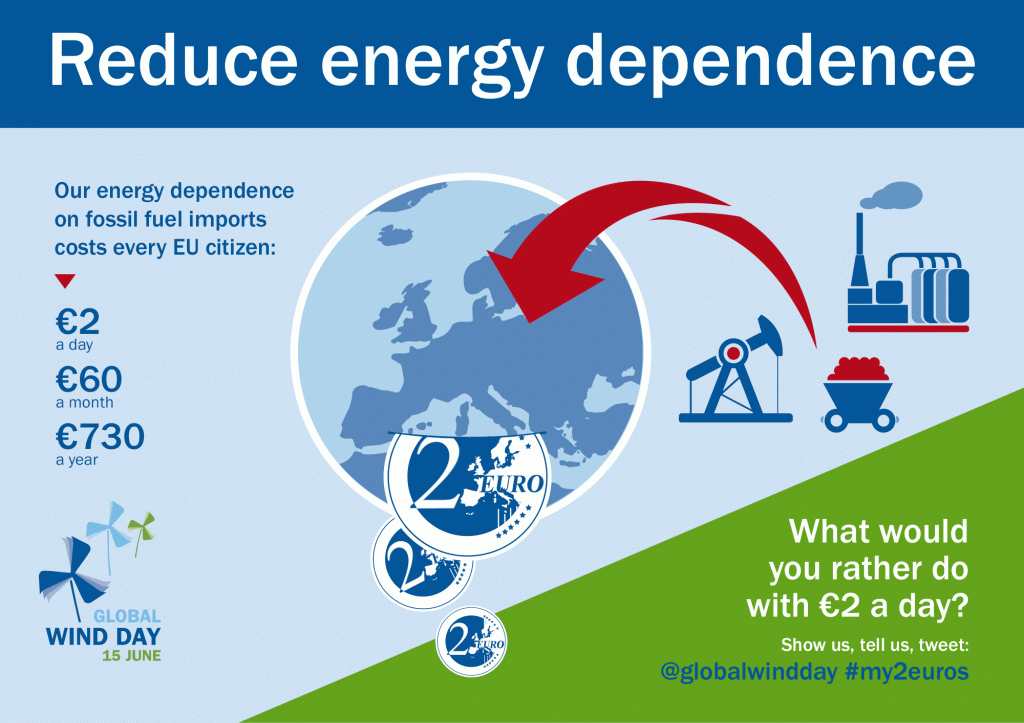Where will wind energy be in 2020?
Wind energy has sailed through stormy waters when it comes to politics in recent years. Since 2009, European governments across the continent have been chopping and changing their support schemes for renewable energies, wind power included, amid an enduring economic crisis. But what has the impact on wind energy been?
Uncertainty has impacted investment plans, new orders and investment decisions already taken in wind energy markets across Europe. But, the crisis has also affected the power sector as a whole, reducing overall demand for power. In fact the European Commission now expects power demand in 2020 to be 11% lower than it did in 2009.
Fortunately the waters are now starting to calm and the wind power sector is seeing a degree of regulatory stability return. But the storm slowed the expected installation rates of the sector, leading EWEA to revise its capacity targets for 2020.
EWEA’s new central 2020 scenario envisages 192 GW of wind energy – an increase of 64% compared to today. While this scenario is a reduction on the previous estimate of 230 GW, it will not necessarily undermine the EU’s 20% renewable energy by 2020 target. The 20% target is a consumption target, and given that power demand has fallen, the target will be met with fewer installed GWs of wind power. 192 GW of wind energy is predicted to meet 14.9% of the EU’s electricity consumption in 2020, slightly down from 15.7% previously envisaged.
Meanwhile, a considerable €124 billion in wind farm investments across the EU is expected by 2020, creating 100,000 additional jobs by 2020.
And yet, there is room for greater expectations: The EU is poised to take a decision on the proposed climate and energy package this autumn which should include a target for renewable energy by 2030. With an ambitious agreement, installations could be higher in markets including Germany, France, Italy and the UK, while markets that came to a virtual stand-still in 2013, such as Spain, could show signs of growth. Offshore, Belgium, Ireland, the UK and Germany, could also show extra growth.
Will Europe’s leaders show the ambition to agree to a strong EU climate and energy package that will propel wind energy confidently ahead? Are we are seeing a durable end to the political instability that has surrounded wind energy in recent years?








